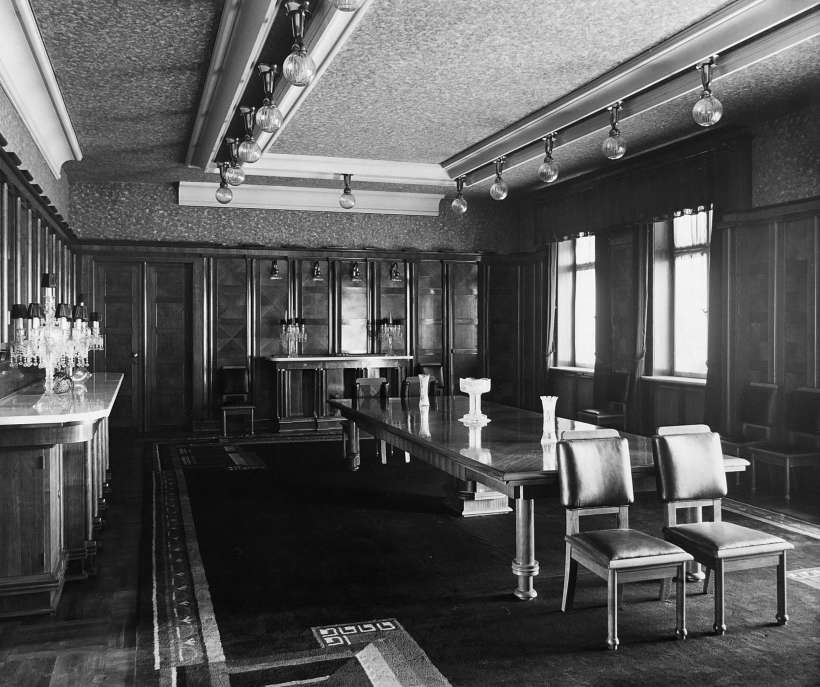After 1918, the cultural construction of Czechoslovak identity and the search for forms of state representation in architecture also imprinted itself on the preparation and realization of buildings abroad. The embassy buildings – in addition to the pavilions and expositions at international exhibitions – were to petrify the shared idea about the advanced character of Czechoslovak culture, architecture and art industry. In the first half of the 1920s, architects looking for contemporary solutions for this typology were given the opportunity to implement them. More often, however, the “universal” internationally comprehensible morphology prevailed. More than the formal aspects of the objects, though, this study focuses on the instrumentalization of architecture for political goals, on the analysis of the mechanisms and processes leading to the provision of their designs and realizations, and on the rendering of an environment with often contradictory interests of the actors.
DOI: https://doi.org/10.31577/archandurb.2023.57.1-2.1

This work is licensed under a Creative Commons Attribution 4.0 International License
